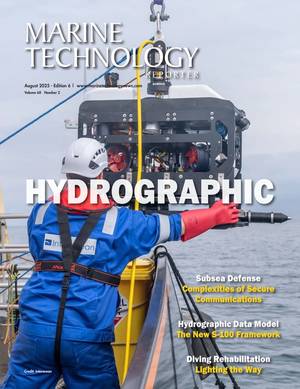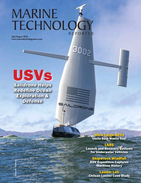Anthropocene Markers
For a while, the thin layer of plutonium that encircled the globe after the first nuclear weapons tests was considered the leading geological marker for a new geological epoch, the Anthropocene, the time when human impact on the earth became profound.
Geologists have been able to measure a distinctive spike in the concentration of plutonium in ocean sediments from the US tests in the Marshall Islands in the 1940s and 1950s.
Plutonium is anthropogenic - it doesn't exist on its own in nature.
Plutonium isotopes can remain in ocean sediments for thousands of years due to their long half-lives, and this week, researchers from Edith Cowan University (ECU) confirmed plutonium levels in sediment at the Montebello Islands off Western Australia of up to 4,500 times greater than the Western Australian coastline.
Three plutonium-based nuclear weapons tests were conducted by the UK at the Montebello Islands in the 1950's. The first, code named Operation Hurricane, had a weapon's yield of some 25kT, and formed a crater in the seabed, while the second and third tests, dubbed Operation Mosaic G1 and G2, had weapons yields of around 15kT and 60kT, respectively.
The size of the explosions was similar to the atomic weapons used on the Japanese cities of Hiroshima (15kT) and Nagasaki (21kT) in 1945.
The debate over whether or not to call the Anthropocene a geological epoch continues. Plutonium now has a number of competitor indicators which could place the start anywhere from the early 17th century to the mid-20th century. These competitor markers include the presence of microplastics, heavy metals, rapid increase in CO2 or methane, the spread of highly invasive species and the presence of landfills and urban areas as unique depositional environments.
For now, the Anthropocene is not officially an epoch despite these various, enduring human-related changes to the environment.


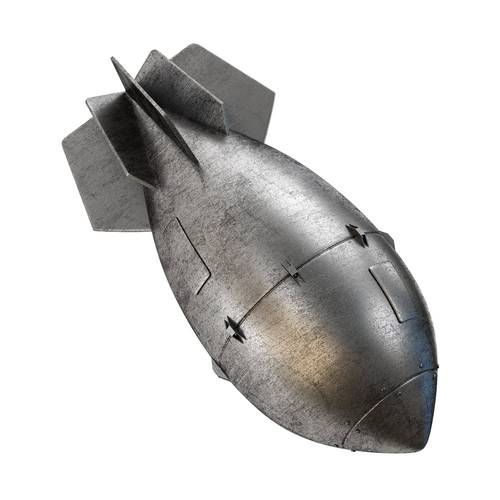

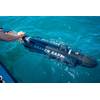

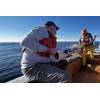

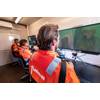





 August 2025
August 2025
